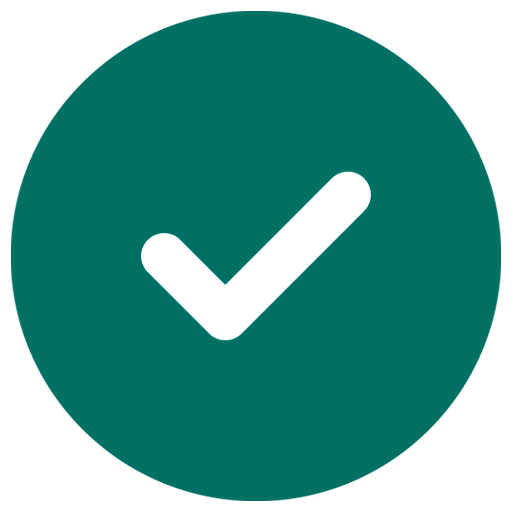
IoT Lightning Strike Counter with CLP-Branded Mobile App
Upwork

Remoto
•4 days ago
•No application
About
Commercial Lightning Protection, LLC (CLP) is a leading lightning protection provider in the Southeast. We’re seeking a skilled freelancer (or small team) to design and prototype an innovative lightning strike counter that attaches non-invasively to our lightning protection systems (LPS) and connects to a custom CLP-branded mobile app via Bluetooth Low Energy (BLE) or WiFi. The device will detect and count lightning strikes, display real-time data, and send client alerts, enhancing our client-focused service. Additionally, we require comprehensive documentation and guidance to support patenting the unit, technology, and application. Project Scope Build a compact, battery-powered lightning strike counter using an ESP32 microcontroller and a non-contact sensor (preference for LPS-compatible options like Rogowski coils or Hall effect sensors for accurate surge detection, threshold ~500A; alternatives like AS3935 acceptable if justified). Program firmware to detect strikes, count events, and transmit data to the app. Develop a cross-platform (iOS/Android) app with CLP branding (logo, colors), featuring real-time strike counts, history logs, push notifications, and safety guides. Design a 3D-printed clamp-on enclosure for easy LPS attachment. Ensure compliance with NFPA 780 standards (freelancer must review to confirm no interference with LPS integrity, e.g., no added resistance). Provide detailed documentation to support patent applications for the device, firmware, and app, including technical descriptions, diagrams, and unique features. Deliver a working prototype, source code, app APK/IPA, user manual, and patent-related documentation. Budget: $8,000 (fixed-price) Responsibilities Hardware Development: Select/build a non-contact sensor (e.g., Rogowski coil, Hall effect like ACS712, or custom coil) to detect current surges in LPS down conductors. Assemble prototype with ESP32, LiPo battery (500mAh, targeting 1+ year battery life in low-power mode), LEDs/buzzer for local alerts, and clamp-on enclosure. Test with simulated surges (e.g., spark generator) and provide a test report with accuracy metrics (e.g., 95% detection rate). Firmware Development: Write Arduino/C++ code for ESP32 to detect strikes, count events, and send data via BLE (or WiFi/MQTT for cloud sync). Implement low-power mode, noise filtering (e.g., threshold for 1V pulses), and cloud sync via WiFi/MQTT or Firebase for storing strike data in a secure database (e.g., Firestore). Mobile App Development: Build a Flutter or React Native app with CLP branding (logo, color scheme, safety tips). Features: Real-time strike count, history log, push notifications (via Firebase), GPS-based alerts, offline mode. Ensure secure BLE pairing and data encryption. Enable iOS app to read/write to the cloud database (e.g., Firestore) for real-time updates, logs, and alerts; provide documentation on database schema and access methods (e.g., API endpoints for future integration). Provide IPA/APK files ready for submission; assist with App Store setup (guidance on Apple Developer account, metadata, privacy policy, and common review issues). CLP will handle final submission. Enclosure Design: Create a 3D-printed, weatherproof (IP65+) clamp-on case using Tinkercad or Fusion 360, tailored for Southeast humidity/thunderstorms. Patent Documentation: Provide detailed technical descriptions, schematics, and diagrams of the device, firmware, and app, highlighting unique features (e.g., non-invasive clamp design, surge detection algorithm, app-database integration). Include a patent guidance report outlining: Novel aspects (e.g., specific sensor integration, low-power firmware, or app features like GPS-based alerts). Steps for filing a provisional patent application with the USPTO, including recommended sections (e.g., background, summary, detailed description, claims). A list of potentially patentable components (e.g., clamp mechanism, surge detection method, or app-database sync process). Testing & Documentation: Test hardware-app integration within 10-30m range. Provide source code, schematics, STL files, a client-friendly user manual (setup, maintenance, app usage), and patent documentation. Required Skills IoT/Hardware: Embedded systems (Arduino, ESP32), sensor integration (e.g., Rogowski coil, ACS712), circuit design, 3D printing (e.g., Tinkercad). Firmware: C/C++ for ESP32, BLE/WiFi protocols, low-power design. Mobile App: Flutter or React Native, BLE integration (e.g., flutter_blue_plus), Firebase, UI/UX for branded interfaces. Patent Knowledge: Experience with technical documentation for patent applications or ability to produce detailed, novelty-focused descriptions. Nice-to-Have: Electrical engineering background, IoT app experience, familiarity with Southeast weather patterns, prior work with patent documentation.



 United States
United States Canada
Canada Mexico
Mexico Argentina
Argentina Brazil
Brazil Peru
Peru Japan
Japan South Korea
South Korea United Arab Emirates
United Arab Emirates France
France Germany
Germany Italy
Italy Portugal
Portugal Spain
Spain Sweden
Sweden Switzerland
Switzerland United Kingdom
United Kingdom Australia
Australia



